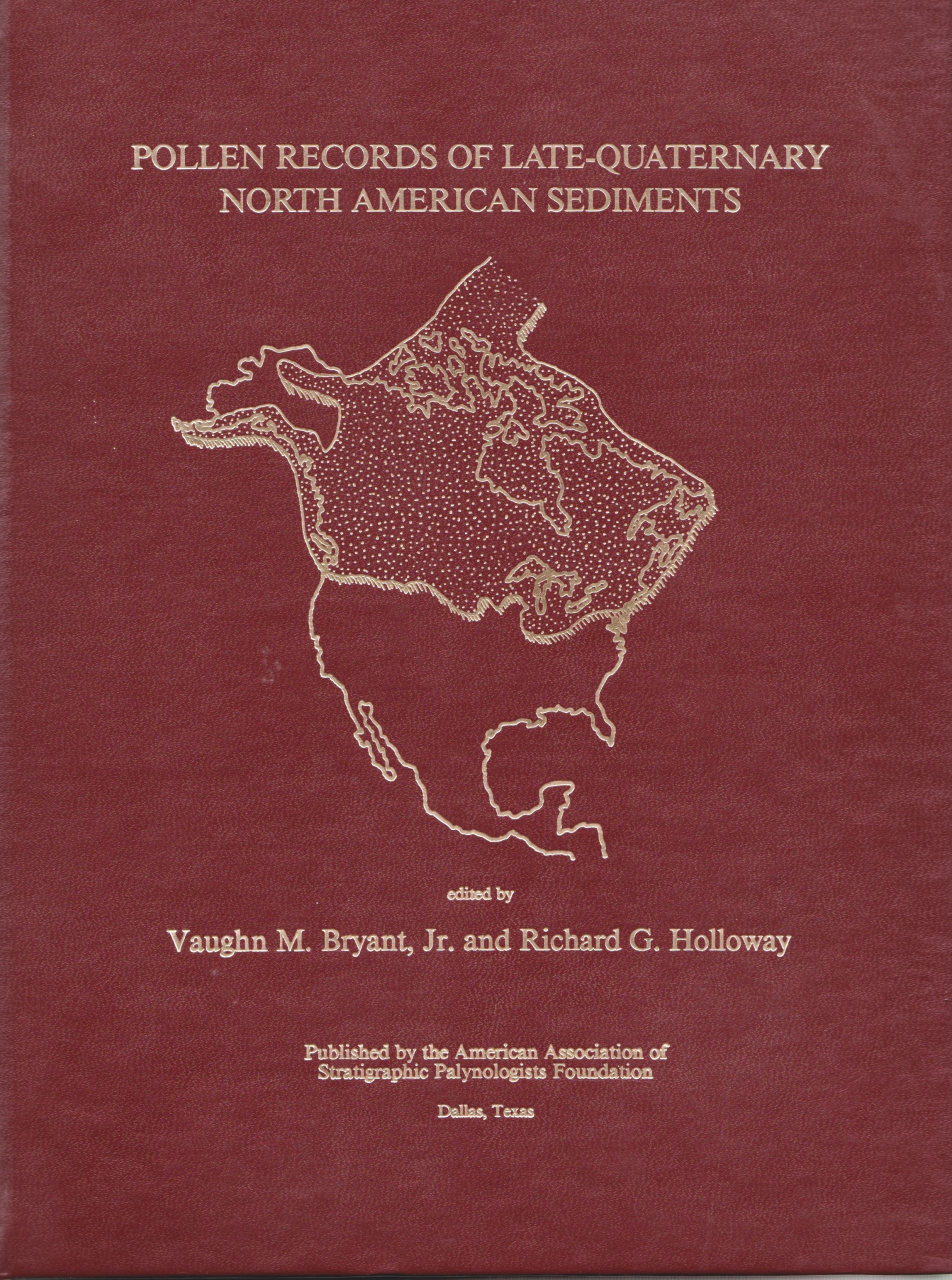Pollen Records of Late Quaternary North American Sediments
$15.00
Pollen Records of Late Quaternary North American Sediments
Vaughn M. Bryant Jr and Richard G. Holloway (Eds)
Hard copy only
423 pp.
Only 2 left in stock
Description
Preface
The idea for this book was conceived during the last decade while teaching classes in Quaternary palynology. One of the common complaints in those courses, from both faculty and students, was the lack of a synthetic treatment of late-Quaternary palynological data which covered all areas of the North American continent in a single reference source. There have been many excellent summaries of late-Quaternary pollen data published during the last ten years but many of them were not published at the same time nor in the same reference sources. In addition, some geographical regions have generally been omitted while others were repeatedly studied. And finally, as was often true, only selected pollen studies were included as one aspect in books dealing with a whole range of Quaternary investigations.
In selecting the authors for the chapters in this volume, we attempted to solicit the help of individuals who are recognized palynological authorities in their respective geographical regions. There were only two changes in authors from the list originally selected. One of those changes pertained to the chapter on the Great Lakes. The author originally selected to write this chapter withdrew late in 1984 due to unforeseen circumstances. Since the book was nearing completion by that date, we undertook to write this chapter to insure that all geographical regions of North America would be covered. We are not attempting to imply expertise in this region, but as editors we felt we had no other choice at that “eleventh hour” but to write the chapter ourselves.
The choice of geographical regions may appear to the reader as somewhat arbitrary. We recognize that physio graphic regions do not overlap the geopolitical boundaries of the states and provinces in North America as one might assume by reading the chapter headings. For convenience, we divided the regions along state and provincial boundaries. At the same time we encouraged the authors to overlap their discussions to include the border regions of adjacent areas. Thus, for example, sites in western Pennsylvania and New York were covered in the chapters by both Gaudreau and Webb, and Holloway and Bryant; some of the sites in Oklahoma were covered by Baker and Waln in their chapter and also were discussed by Bryant and Holloway in their chapter on Texas. There are other similar instances of overlap which will be obvious to the reader throughout the book.
The organizational framework for each of the chapters is slightly different. This aspect was planned since we preferred to allow the authors as much latitude as possible when writing the summary reviews for each region. Also, the reader will note that some authors were able to discuss their regions using a longer chronological sequence than was possible for some of the other regions. The length of the time chronology covered was left to the discretion of each author, and in most cases, depended on the amount of data available and the expertise of the authors to venture back into earlier portions of the late-Quaternary Period.
At this point, we wish to thank Robert T. Clarke of the American Association of Stratigraphic Palynologists Foundation for his support and efforts in helping this project reach completion. We especially appreciate his careful and thorough review of the completed book prior to printing and his constructive comments. Also we wish to thank Mrs. Celinda A. Stevens for the many long hours she spent putting much of the original data onto computer disks. And finally, we wish to thank each of the authors for their efforts and patience.
Vaughn M. Bryant, Jr. and Richard G. Holloway College Station, Texas May 14, 1985
